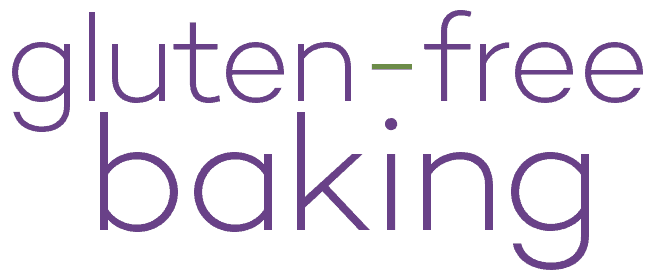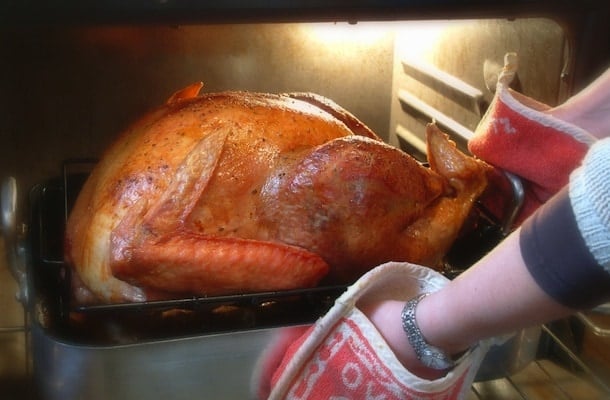Note: This piece originally appeared on SeriousEats.com in 2011. Enjoy! –EB
Does your family have to make gluten-free arrangements at Thanksgiving? For years my extended family never changed the menu to accommodate my special diet. On one memorable Thanksgiving my Aunt S. served me a nut-topped sweet potato casserole. Her theory? If I didn’t know a food contained nuts, I wouldn’t react. As my eyes began to swell shut, I heard her say, “But she didn’t know there were nuts in there!” Ah, families.
Over the years I’ve developed some strategies for staying safe at meals. (Rule #1: Eat nothing Aunt S. offered me.) Here are some quick tips for making this holiday a little easier and way more enjoyable.
CALL AHEAD
If you haven’t already, give your host a call. Even with “gluten-free” becoming more commonly understood, your host might have some questions about what you can and cannot eat. (And unlike my aunt, most folks don’t lie to you about what they are serving.) One reader told me that her mother-in-law was relieved to learn that potatoes were safe for someone on a gluten-free diet.
So it’s a good idea to clear up any questions your host might have about the gluten-free diet before the busyness of the day hits.
ASK QUESTIONS. LOTS OF QUESTIONS.
At a gluten-filled Thanksgiving some of the dishes will be obviously off-limits: the traditional stuffing, the gravy (unless made with cornstarch), and the pie. But don’t forget to ask about “hidden gluten” in dishes that seem, at first glance, to be gluten-free.
Who knows if your host decided to try a recipe for Brussels sprouts that contain beer or a recipe for sweet potato casserole that contains a tablespoon or two of wheat flour. You’d expect roasted Brussels sprouts and a sweet potato casserole to be gluten-free—and they usually are—but both those recipes contain gluten.
In addition to asking about ingredients, ask how a dish was prepared. Little things, like dusting a pan with flour, might be revealed. In addition to learning whether or not a food is safe to eat, you get to engage in some culinary conversation, and that’s always fun.
SERVE YOURSELF FIRST
Sounds rude, I know. But once you’ve established which dishes on the Thanksgiving table are safe to eat, it’s a good idea to serve yourself before everyone else starts digging in. Cross-contact happens all the time at large gatherings. The same spoon used to serve the stuffing somehow finds it’s way into the mashed potatoes. By serving yourself first, you reduce the chance of unexpected gluten showing up on your plate and making you sick.
And really that’s the key: not getting sick. Because, as you know, special dietary needs don’t take the holidays off. (Don’t I wish they did!)




Leave a Reply